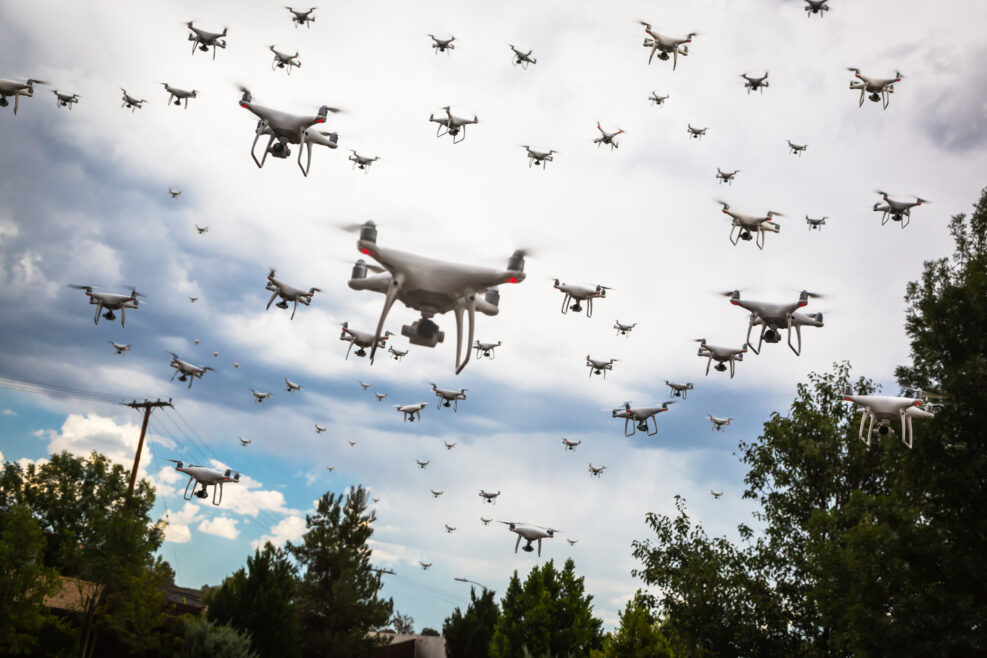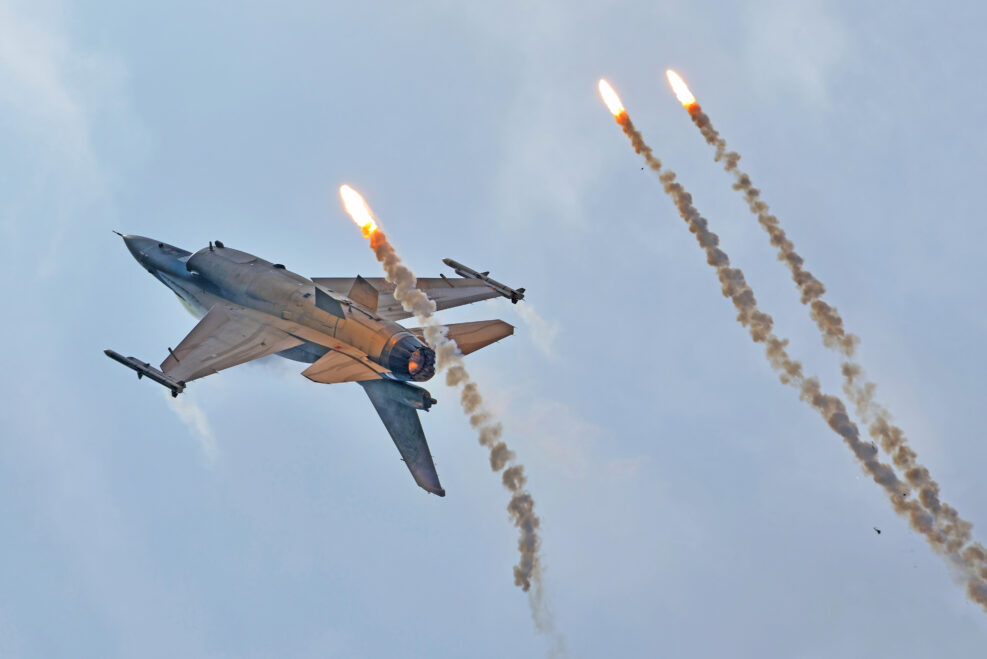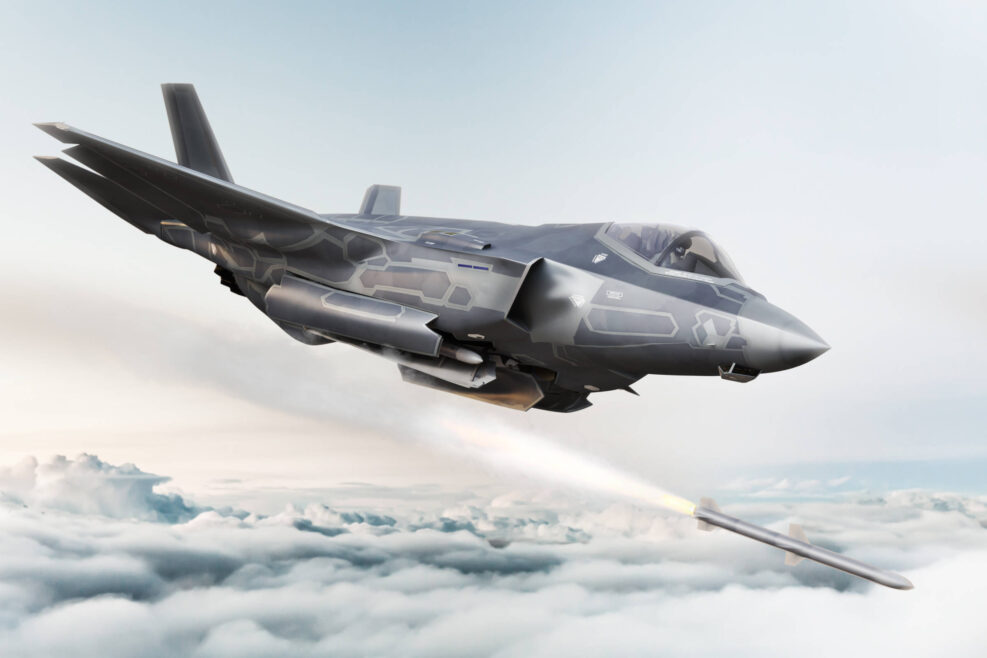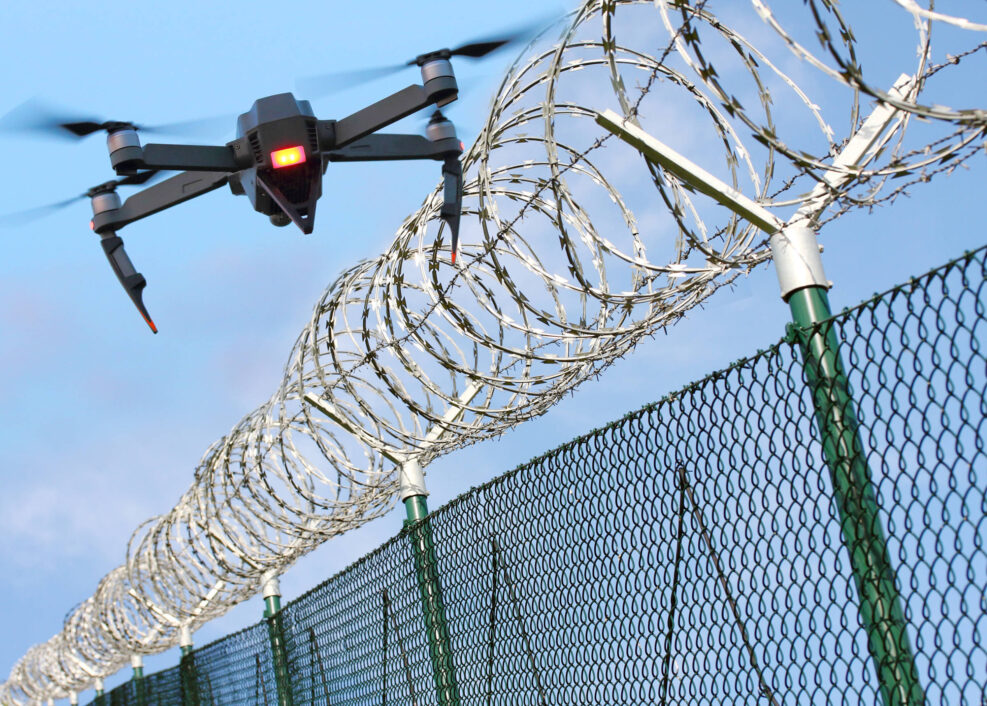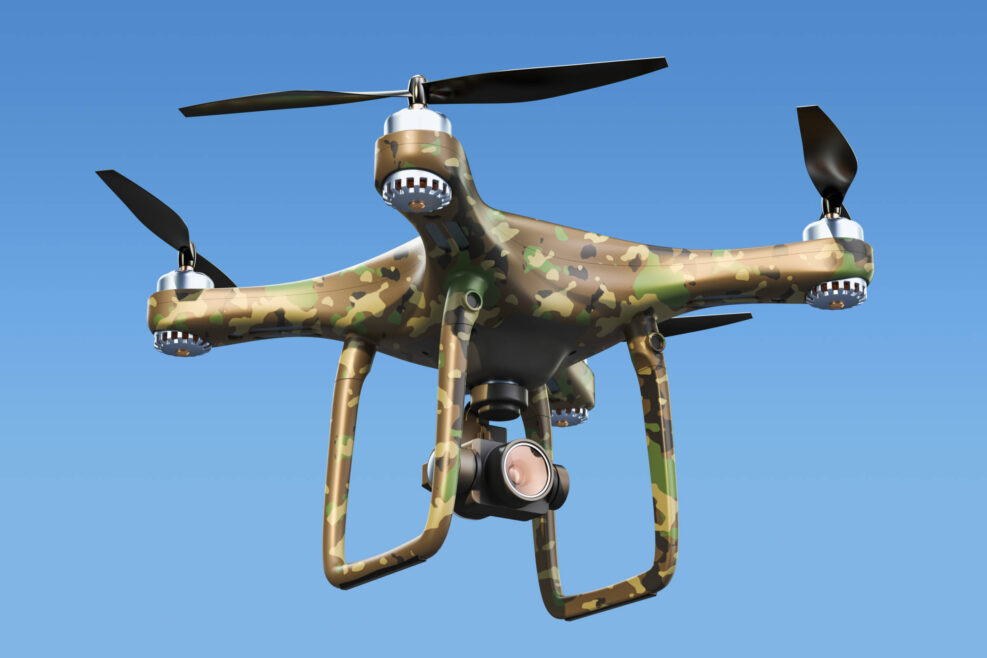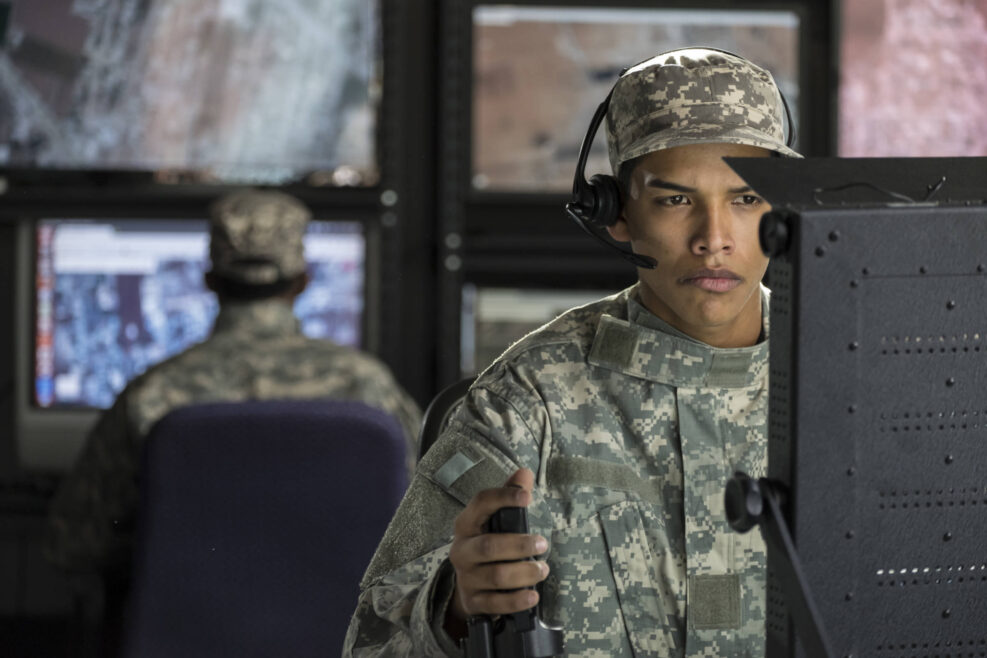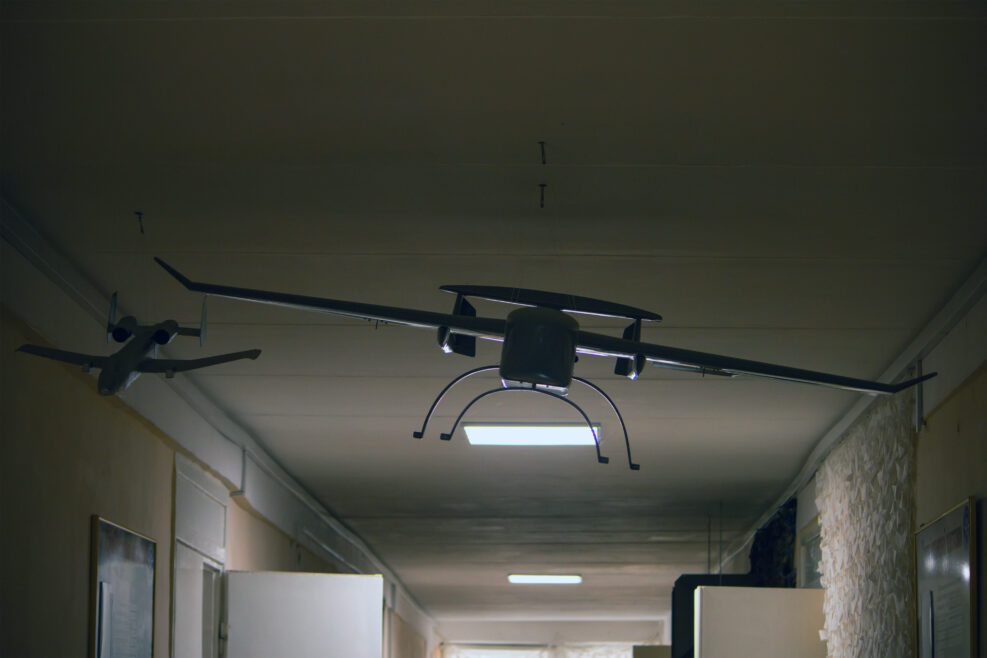
Russia Is Systematically Copying U.S. Military AI Robotics
In Russia’s topdown system, the military and corporations are essentially part of the same enterpriseThis week’s podcast, “AI development in Russia,” is Part 2 of a podcast featuring Walter Bradley Center director Robert J. Marks in discussion with Samuel Bendett about Russia’s intended military uses of AI. Bendett is an advisor to the Russia Studies Program and the Center for Autonomy and Artificial Intelligence of the CNA Adversary Analysis Group. Last week, Marks and Bendett discussed Russia’s advances in facial recognition techniques for the surveillance of civilians. In the background was Vladimir Putin’s famous 2017 pronouncement in 2017, “Artificial intelligence is the future not only of Russia but of all of mankind… Whoever becomes the leader in this sphere will become the ruler of the world.” What are the military implications? https://episodes.castos.com/mindmatters/Mind-Matters-104-Samuel-Bendett.mp3 From the Read More ›
